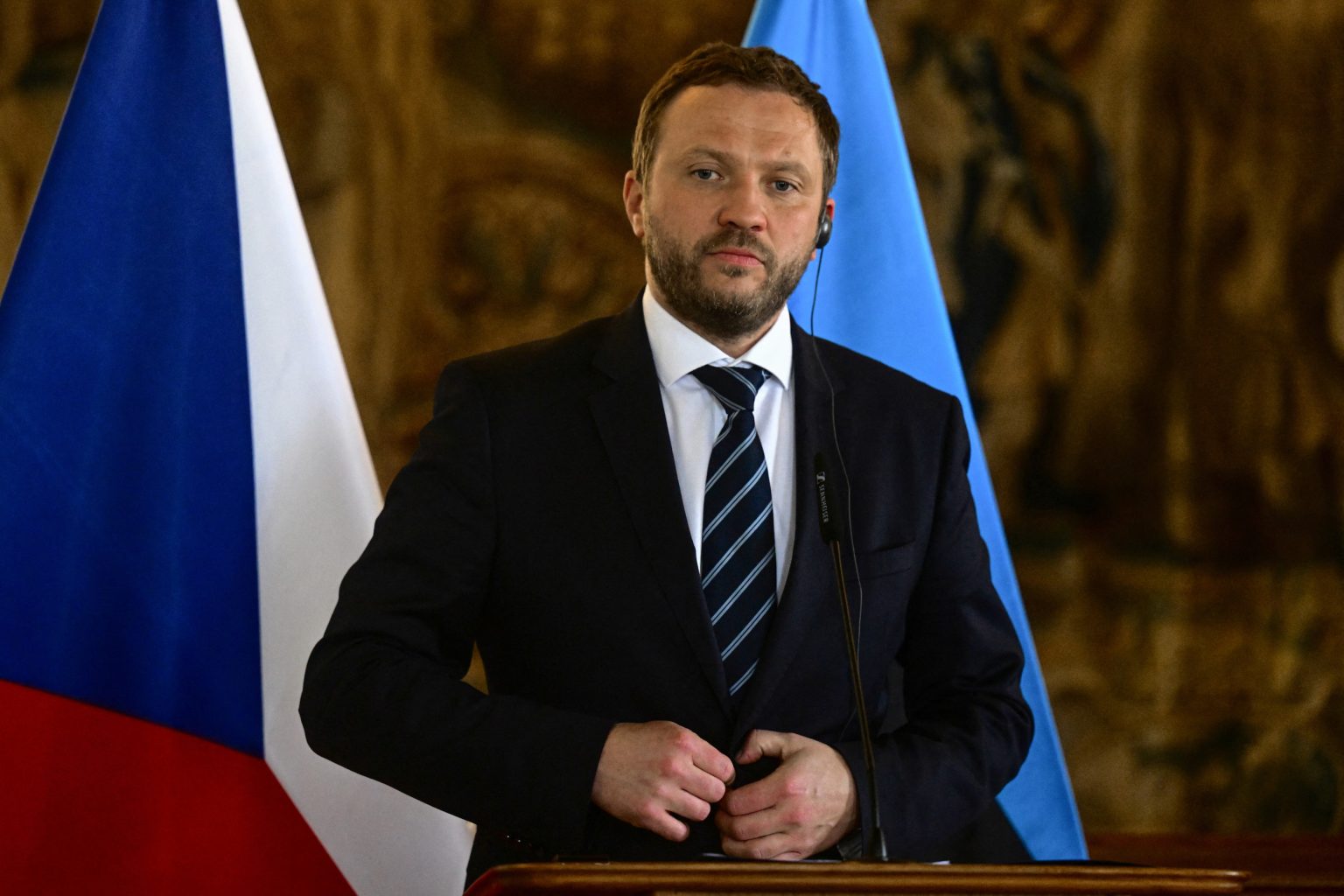The Institute for the Study of War (ISW) reported that Russia removed buoys marking the maritime border with Estonia, testing NATO’s resolve. The buoys were part of a 2022 agreement between Tallinn and Moscow to mark shipping routes. Estonia installed the buoys to prevent navigational errors and accidental entry into Russian waters, but Russia removed 24 of them in a provocative move. Estonian officials condemned Russia’s actions and highlighted their close contact with NATO allies to counter Russia’s malign activities in Europe.
Tensions between NATO and Russia have escalated following Moscow’s invasion of Ukraine. The ISW suggested that the Russian border guards’ actions were an attempt to create contention along the international border with a NATO member to gauge reactions. Questions over Russia’s maritime border in the Baltic Sea emerged after a decree was published calling for the reassessment of borders in the Gulf of Finland. While the document was later deleted, it prompted condemnation from several NATO members who viewed it as a deliberate provocation to intimidate neighboring countries.
The Lithuanian and Finnish governments expressed concern over the situation, with Lithuania calling Russia’s actions escalatory and provocative. Finland’s Prime Minister stated that they were analyzing reports on the maritime zones in the Gulf of Finland and that Russia had not been in contact with the Finnish government regarding the issue. The Kremlin, through spokesperson Dmitry Peskov, cited the need to ensure Russia’s security in the Baltic region due to heightened levels of confrontation. Peskov called for dialogue to de-escalate tensions, which he claimed the collective West was rejecting.
Despite the maritime border dispute in the Narva River, the Kremlin did not publicly respond to Estonia’s reports, and there was no comment from the Russian Foreign Ministry. The situation underscores the growing tensions between Russia and NATO, with provocative actions on both sides contributing to a more hostile environment in the Baltic region. The removal of buoys and the publication of the decree regarding the Gulf of Finland borders have raised concerns about Russia’s intentions and its willingness to challenge established delimitations with NATO members. As both sides navigate these challenges, dialogue and de-escalation efforts are crucial to avoid further conflict.


